#incorperation
Explore tagged Tumblr posts
Text



okay i think i am learning.... something
#fursona#minecraft#furry#i need to do gold and diamond next#and i am 100% incorperating the dragon skull into the netherite design. id be foolish not to#i only have a few things im ? about.#1) should the leather get redyed for each new metal/ore armor? like for iron it could be dyed dark blue and white. lugia moment#2) for the hoodie tassel. it changes color to comliment the ore. what would match best w gold??? i already did red for leather erm#3) i cant tell if the leathers too dark. originally i ahd it more orangey/'cowboy' leather as forrest called it but he said it was too clo#to the critters fur so i made it darker.but now idk....#my art
3K notes
·
View notes
Text
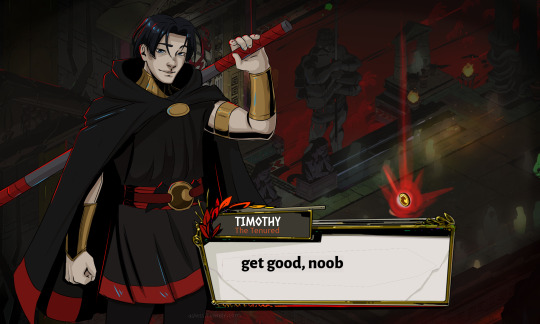
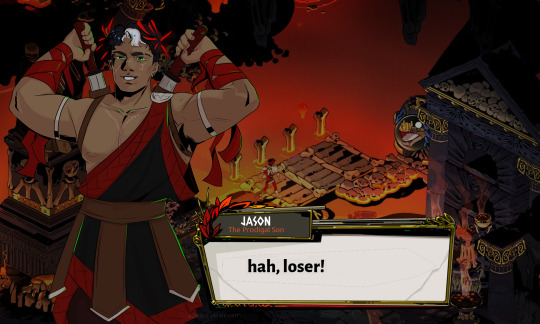
this idea wont leave my brain please help me !! YIPPEE HADES BATKIDS !!!
without the bg and text under the cut :))
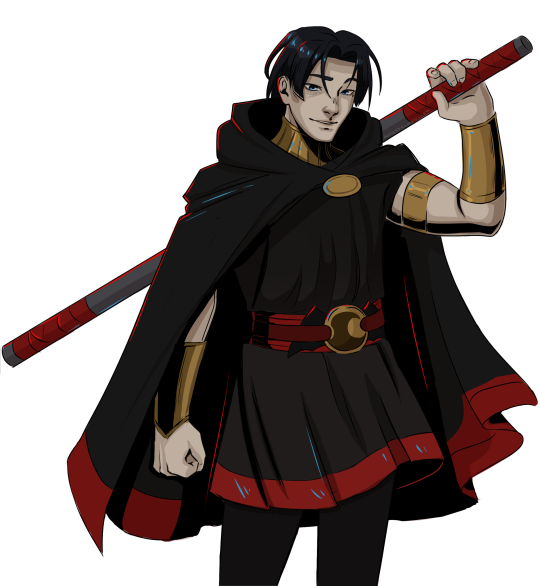
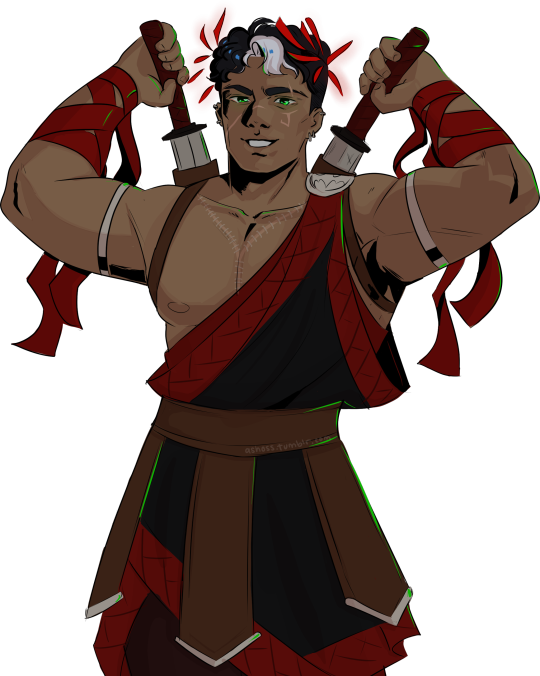
asdhj probably gonna post like,, two at a time because thats ,, a lot,,,, of drawing ,,,,,,, so heres tim and jason! i think i got the hang of it more with jason lol
ALSO ALSO!!!
thank you to those who helped me with the titles for the batkids!! they were all really good :D (all on insta lol)
timothy: the tenured - thomson_at
#yeah jasons hair gave me ... a lot of trouble until i landed on this#i was debating doign a long hairstyle but i dont think it looked too good with the wreath lol#tims clothing actually gave me sooo much trouble#i really wanted to incorperate more of his red robin elements in it and so i really wanted to do the yellow bandoliers#but thats why he has the upper arm wraps#maybe ill redo him later#once i get the hang of jen zee's style more lolol#jason was fun though#askj commentary over#jason todd#red hood#robin#tim drake#dc fanart#dc comics#batfam#batman#ash's doodlings#hades game#hades supergiant#wait more commentary#i used apollo artemis and hermes for tim because i wanted more of that slimmer vibe#and zag i mostly used for jason#yeah im not super happy with tim but for like.. a second attempt im fine with it#btw if this were an actual game#id like to think that the protagonist would be damian#trying to find his father (bruce) and coming across all of his fathers kids and pseudo kids lol
3K notes
·
View notes
Text
The death(s) of Jonathan Sims

#the magnus archives#socvinc#my art#jonathan sims#jonathan sims fanart#the magnus archives fanart#magnus pod#magnus protocol#tmagp#chester tmagp#mannn i tried to incorperate color into this but it fought me every step of the way#the 'deaths' here are the worms the s3 finale and jon getting Computered#and also jon ascending to godhood. i guess#tma#tma fanart
1K notes
·
View notes
Text
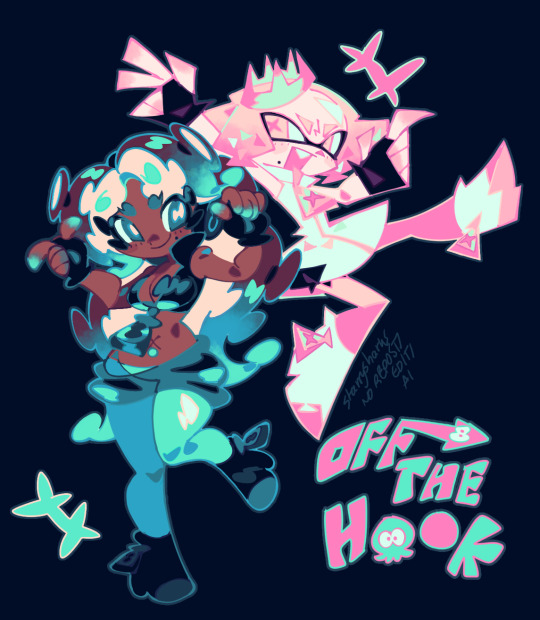
1 million dollars or dinner with mc princess
#zeno's art#splatoon#splatoon 2#off the hook#marina ida#marina splatoon#pearl houzuki#pearl splatoon#lesbians yea woohoo!!!#i dont really have much to say about these designs that isnt glaringly obvious sorry#but i did try to incorperate specific shapes into the designs as much as possible#such as marina having 8's in her hair highlights and pearl's X shapes#i wanna make some mini comics for these two so stay tuned and stay fresh yeaaaaa
8K notes
·
View notes
Text


silly warmups
#wade wilson is the guy ever perhaps#also had to incorperate his crayon drawings in somehow. it had to be done#poolverine#deadpool#deadclaws#deadpool and wolverine#wolverine#wade wilson#logan howlett#fanart#art
368 notes
·
View notes
Note
princess celestia


I made Princess Celestia from My Little Pony in Flight Rising!
F Skydancer (Innocent Arcane eyes) Basic/White | Rose/Alloy | Mint/Basic
Silver Unicorn Horn, Faerie Rose Thorn Crown, Light's Charm, Cloudy Feathered Wings, Burnished Gold Gorget, Bubbly Bisque Gloves, Bubbly Bisque Spats
#flight rising#fave scry#fandragon#princess celestia#celestia mlp#my little pony#mlp#this was surprisingly fun to do!#shame I couldnt incorperate her other mane colours without it looking weird :/
64 notes
·
View notes
Photo

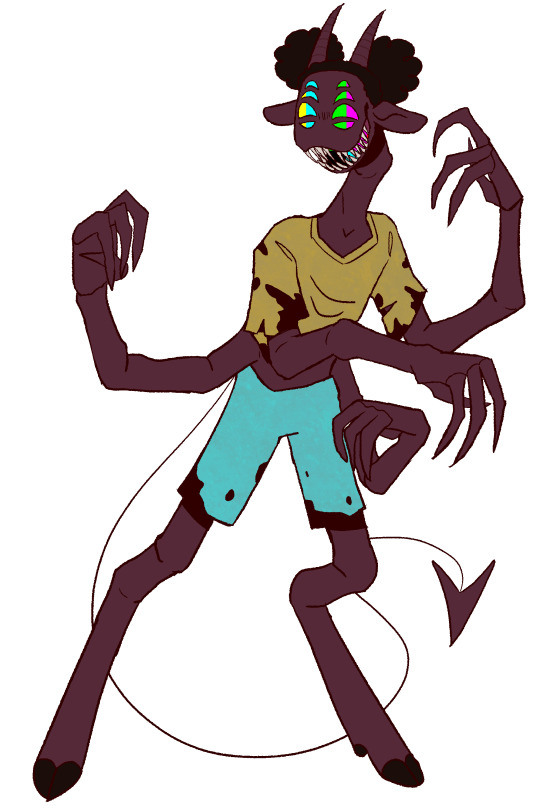
I have no idea whats going on in Amanda the Adventurer lore wise but I keep seeing her monster design in thumbnails and its so bad it pisses me off so have some foeart about it (like fanart but angry) + some process doodles
#As I said I have no clue whats going on story wise so for all I know its great#no hate to anyone who likes this game#but her monster design..... why.....#amanda the adventurer#redesign#doodles#theres so much they could have done with her but she's just so generic!!! why!!#it looks like they slapped human hair onto a rat. and she does look like a weird rat#they have so much sheep themeing they could have incorperated at least some of that#not to mention they ditched her entire color pallet?? there are ways to make a character look sickly without making them stark white#the way they did the eyes makes it look like she has rocks on her face. they dont even read as eyes because they didn't give her pupils#wont try to claim this is necessarily a better design but at least its recognizable as Amanda
2K notes
·
View notes
Text
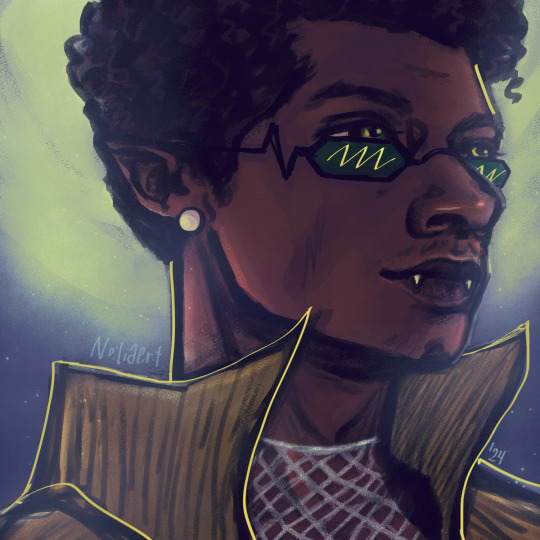
some fanart of THE vampire that owns the night🫰
#my art#noliaert#fanart#artists on tumblr#amc iwtv#iwtv amc#louis de pointe du lac#okay okay so- I kinda really wanted to do his glasses again! And! the E8 coat (& hair)- but what if I did it during the modern day??#incorperating a yellow-green color for the jacket (claudia + his eyes) + a white/pale fishnet shirt AKA getting his pastels back in#and ofc reincoperating the pearl pin from his neckties in S1 as an earring instead#this one's actually... sort of... part of other pieces... not directly#but in that I only meant to try make easier pieces for myself or- pieces that I didn't have to feel so perfectionist about. aka. sketchy#and it lowkey it got to me trying to make a piece based on every colour of the og pride flag#idk if I'll stick to it lol#but practicing with colours and all#so this one majorly got green and purples. though it was meant to be overhwlemingly purple but anyway#also- I'm actually pretty happy with the sketch I made with no ref but since I “finished” it I'm posting this one#ldpdl#ldpdl fanart#amc interview with the vampire#iwtv fanart
135 notes
·
View notes
Text

Imagine Kayne but in this outfit I found on Pinterest.
#I need to draw this#malevolent#malevolent kayne#its literally too perfect#incorperating elements of this into my headcanon design for him#its so pretty#outfit#character desgin inspo#malevolent podcast
62 notes
·
View notes
Text
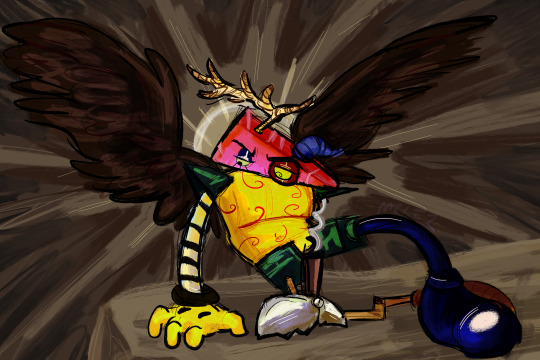
dark angel.
(heavily inspired by roberto ferri's "fallen angel")
#ragamaster#ragamaster au#tadc ragamaster#tadc#tadc au#tadc fanart#the amazing digital circus#zooble#tadc zooble#zooble tadc#zooble fanart#the amazing digital circus zooble#im honestly fucking w these black wings so much i might incorperate them into cannon what do yall think#also making zooble built like a brick house from this point forward ITS TOO GOOD#currently flip flopping a bit with designs#pls be patient with me LOL#my art
267 notes
·
View notes
Text
so i found out their ship name was fraggy
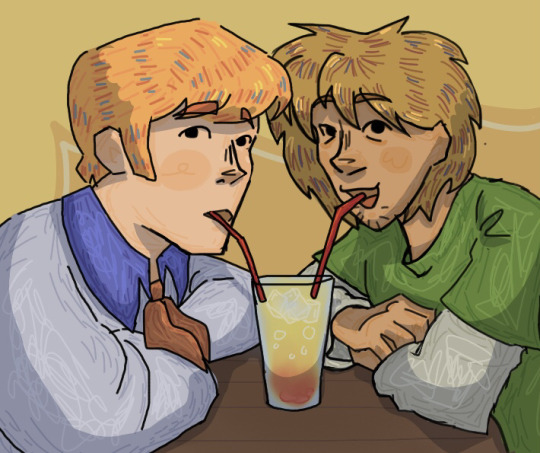
i had to draw them.. fraggy is sucha cute name i was giggling at it
#fraggy#fred jones#shaggy rogers#scooby doo fanart#fanart#scooby doo#sdmi#mystery incorperated#scooby doo mystery incorperated#trashyzombie#art
301 notes
·
View notes
Text
#fraggy#scooby doo#shaggy rogers#fred jones#velma dinkley#mystery incorperated#icons#lol#shaggy x fred
234 notes
·
View notes
Text
Īslak Mèwu intro post
Shishīkwa prana!¹ Welcome, travellers! I'll try and keep this post friendly and readable to non-linguists, I just wanna infodump about my language lol. This post has gotten a little long though, so apologies! Hopefully it serves well to give you a feel of it <3
¹/ɕiˈɕiə̯kʋa pʁaˈna/ PL~foreigner.PAT welcome
Consider this a formal introduction post to the conlang (constructed language) i've been making for like, over a year now at this point? on and off, mostly off tho lmao. The vast majority of stuff i've made is the grammar (this is very much my favourite area of langs lol, closely followed by the phonetics side of things), and as a result i really don't have many words or actual forms for things lol
Īslak Mèwu² (lit. valley's language) (or just Īsla for short) is a language spoken by the fictional Rūsawlitwā³ people. While the majority of them are a vertical transhumance culture, living in valleys and farming cattle (herders move the flock up and down the mountains in line with the seasons, while the majority of people live permenantly in the village), some groups have moved further afoot and are living in a more settled way in towns and cities in neighbouring regions.
²/iɐ̯ˈsla-k mɛˈʋu/ valley-GEN language (lit. "valley's language") ³/ʀuɐ̯-ˌsaʋli-ˈtˠaː/ cow-herd-AGN (lit. "cow-herders")
I'll start with Īsla's sounds, then give a (not-so-brief) tour of the grammar.
Phonology / sounds
Īsla has the following consonants: (If you don't recognise these symbols, you can find and listen to them here. You won't find ˠ in there, but it makes things sound more "dark".)

Īsla has eight short vowels, /i e ɛ a y ø u o/, along with the long vowels /iɐ̯, uɐ̯, iː, yː, uː, eː, aː/ and the rather distinctive syllabic fricatives /ʝ̩, ɣ̩ʷ, ɣ̩~ɦ̩/. These syllabic fricatives are high pitch, and often realised instead as breathy voiced vowels depending on dialect.
The syllable structure is (C)(C)V(C). Stress is assigned to the last "heaviest" syllable.
I am currently in the middle of reworking the past maybe 100 years of sound shifts, so this is subject to change (especially the vowel system)
Grammar
For the linguistics nerds among us, Īslak Mèwu is a synthetic language that features noun incorperation, a pretty free word order, 3 grammatical genders, split-S alignment, converbs, a shitty verb agreement system that will likely fall out of use in a generation or two (role marking is mostly done by the case system and emphatic pronouns), and TAM is typically marked via auxiliary verbs (tbf these are a lot more irregular so you do get decent verb agreement thru this). I'll explain these features briefly and how they work in Īsla:
Noun incorperation is a process where nouns and verbs are put together (compounded) into one word. We kinda have this in English - think about mountain-climbing, berry picking, horse riding, dishwashing, etc. In Īsla, this is MUCH more common than in English - this is used for basically every conventional activity. Natives talk about dinner-eating, sheet-changing, cow-chasing, dust-sweeping, fish-chopping, etc. These aren't always obvious from the words they're made of though! "whisky-swimming" actually means "to have thrown, to have deliberately lost a game", named for drinking games where people deliberately lose for the aim of getting drunk.
Grammatical gender. Like in French, German, etc. Īsla has 3 of them, and verbs, adjectives, pronouns, and determiners (think English "some", "most", "the", etc) "agree" with nouns in gender. Case markers merge with the gender markers.
Auxiliary verbs are little "helping" verbs that convey grammatical info alongside a more meaningful verb. English has these - "I will do X", "I should do X", "i have done X". Īsla verbs operate in basically the same way, but they come after the main verb, not before:
/niəsɛ sˠɣ̩mˈmuːs-a ɫʋin/ 3M.SG:ERG cook_dinner-NOMIN 3M.SG.IMP "He should cook dinner" /niəsɛ sˠɣ̩mˈmuːs-a tˠʋo/ 3M.SG:ERG cook_dinner-NOMIN 3M.LOC.COP "He is cooking dinner (for a while)" (lit. "He is in cooking dinner")
Case marking: Like in languages like German or Finnish. Little suffixes added to words to show what their role is in the sentence. In Īsla, the cases are the agentive case (do-ers), patientive case (things that have things done to them), genitive case (possessors), dative case (recipients of things, destinations, also used for expressing opinions as in "to me, X is cool"), the locative case (locations), and ablative case (sources and instruments).
Split-S alignment. ohhhhhh boy. this is FAR too complex of a topic to properly get into in an intro post like this, but the short of it that, Īsla just, can't make up its mind about what case to mark Ss with? For ease of writing, I'm gonna use "S" to refer to the only noun in an intransitive sentence (e.g. in "he walks", S is "he", but in "he hits him", there is no S, because this is a transitive sentence)
In Īsla, the main verb chooses what case the S should be in. There are two (main) categories of this:
"Unaccusative verbs" - S is marked with the "patientive" case (the case given to e.g. "person" in "i chase the person") /ˈtaːmu-∅ miɐ̯ˈlij/ person-PATIENTIVE lie "the person is lying down"
"Unergative verbs" - S is marked with the "agentive" case (the case given to e.g. "person" in "the person chases me") /ˈtaːmy jeˈiɐ̯s/ person:AGENTIVE walk "the person walks"
However, this case preference is overridden by most auxiliary verbs. For example /ʀom/, the inchoative auxiliary (="to begin Xing"), demands an agentive S: /ˈtaːmy ˈmiɐ̯lja ʀom/ person:AGENTIVE lie-NOMIN 3N.SG.INCH "the person starts lying down" /miɐ̯ˈlij/ "to be lying down" is typically unaccusative, but the presence of the inchoative auxiliary means that /taːmu/ is marked with the agentive case, rather than the patientive case as in the earlier example.
On the other end of that, /xe/, the past tense auxiliary, demands a patientive S: /ˈtaːmu jeˈiɐ̯s =xe/ person-PATIENTIVE walk =3N.SG.PAST "the person walked" This is the opposite thing - "walk" suggests an agentive S, but /xe/ overrides that.
The actual system is ofc more complicated than this, but this is enough for a quick overview.
I'm gonna stop talking here, before I make a post so long no one will want to read it, but there's absolutely more posts coming! …when i can fit them in between coursework and the adhd distractableness ofc. Hopefully this has given you a decent feel for the language, and please send asks about stuff if you're interested!! (i hope i've explained things ok) There's a lot I didn't touch on here, and a lotta detail I've left out, and I'd love an excuse to talk more about this stuff <3
#i keep this implicit in the post but yeah verbs can incorperate adjuncts#not just Ps#hopefully the whisky-swimming example showed that - swimming is an intransitive verb#and ofc in the literal reading of that “whisky” would be a location#there is likely a post coming talking about the split-S system more#also the TAM and emphatic pronouns#it's taken me a while to make this post bc i keep consulting my documentation and finding new things to (continue) working on#including making grammatical morphemes for things oops#REALLY need to develop that. i know what morphemes exist and how they interact with the rest of the syntax#....just not their phonetic forms lol#conlang#conlanging#iislak mewu#conlang intro post
22 notes
·
View notes
Text
Next mutual up on the docket: @oobbbear


[This time there is a colored and uncolored version based on the ref I have of your sona and I am indecisive]
Oobbear, the bugbear dragon
#I also kinda interpreted the dragon to lean towards more bear like but I wanted to incorperate the silly ant look as well#thus the wings have very thin veins to be more insect like#also you kinda have the panda “false eyes” I just realized this now asdkjadk#I wanted to try and keep a similar “stylized yet simple” look to the dragon and also similar shapes i.e. round head square body to tie back#into the original persona#bittysteam#bitty bambles#art#beloved moots#bittysteam art#dragons#others ocs
44 notes
·
View notes
Text



Batman Incorporated (2022) #7
#batman incorperated#ghostmaker#ghost-maker#minkhoa khan#clownhunter#bao pham#dc#dc comics#wolrds greatest boss
53 notes
·
View notes
Text
one of my favorite things about bdubs is that not only is he an amazing builder but he's taken the time to learn the terms? a lot of the hermits make jaw-dropping stuff but they're running on intuition— which is impressive in its own right but bdubs keeps dropping terms from 2d art, 3d modeling, architechture, photography, so on and so forth. u can really tell hes passionate about learning :D
#shush slinky#like he mentions learning what greebling is in his latest vid and i was impressed bc its not something youd pick up just by building in mc#(still watching as i type) n now hes mentioning reading drawing books n incorperating that into his builds like damn!!!#even if he doesnt post it often its hard to forget hes a brilliant artist too bc he uses the same skills in mc
617 notes
·
View notes